

I really like the premise of the book, a Muslim Magic Tree House so to speak, two kids that magically go back in time, in this case to Andalucía. At times the book did make me smile, but really it feels like a missed opportunity. The writing needs tightening, it feels early reader at 94 pages long with a few full page illustrations, but the vocabulary and text filled pages support the suggested reading level of middle grade. It takes way too long to build up to the “action,” and when it gets to the plot it doesn’t seem to know what to do with itself. It is a lot of walking this way only to turn around and walk back for no development, character growth, or enriching reason. As an adult I had to force myself to keep reading, my eight year old who loves Magic Tree House books had basic foundational questions and couldn’t’ get past page 24. Honestly it just needed some proof reading and some trimming, which is why I found it so frustrating; it really had so much potential. Example, if the little boy is so excited to see his grandfather after 8 years, why didn’t he go with his dad to the airport, why did his elderly tired grandfather immediately go to a community event after arriving in the UK from Morocco, why wouldn’t Yusuf go with his beloved grandfather to the masjid. And this is all within the first few pages. If the logic isn’t there for the mundane set-up, it is hard to get on board for the fantasy aspect of a flying carpet going back in time. The historical figures are introduced in passing and don’t leave much of an impression, so yes it is good to give readers a bit of information on people they may not have heard of before, but it doesn’t give them enough connection to make them memorable. The backmatter sadly is not more information about the three historical figures presented: Abdur Rahman (The Falcon of Andalus), Lubna of Cordoba, and Abbas Ibn Firnas, it is a glossary and a Quick Quiz. The answers to the quiz are not provided, there are additional facts shared but no sources given, and there is urging to find out more about Muslim Spain, but no directions, links, or book suggestions are provided. The publisher should have proofed the book, it reads like a pitch, maybe a first draft, and our children and their purchasing adults deserve better. We have growing options of stories with historical Islamic OWN voice framing, and unfortunately this book had a lot of potential, a few pages of interest, but not ultimately enough intrigue to win me, or my kids over.

SYNOPSIS:
Yusuf and his friend Jack live in the same neighborhood, but don’t go to the same school. They spend a lot of time together though, and have known each other since they were babies. When Yusuf’s grandfather comes to visit from Morocco, he brings an old carpet and gifts it to his 10 year old grandson. Unsure what to do with it, Yusuf puts it in his room, and feigns gratitude. With a history project looming, and a dislike for historical study, Yusuf and Jack find themselves heading on a magic carpet ride into the past.
They arrive in Cordoba in 856 CE, disoriented and dizzy, Omar, their guide, greets them, walks them through the mosque answers one question then walks them back to the carpet to take them to a different time, 786 CE and they see diverse people living together peacefully. They first observe “one of the greatest rulers that Andalus ever had,” The Falcon of Andalus, aka Abdur Rahman. He is a humble leader that freely interacts with his subjects. They then head to the 10th century to see Lubna with a crowd of scholars in Cordoba learning from her in the library.
When Yusuf remembers his history project about flight, Umar guides them to 875 CE with a pit stop in CE 852 to see Abbas Ibn Firnas take flight, well fail and then eventually take flight in 875. The boys then say their goodbyes and are whisked away home. Where they can’t believe what transpired, and are determined to figure out how to make it happen again.

WHY I LIKE IT:
I like the concept, and that Jack is not Muslim, and Yusuf is unapologetically Muslim. Seeing the two interact is enjoyable and both good modeling, and mirroring. The heart of the book is truly not bad, it is the tangents that get long winded for no advancement of the story that take away from the flow. As stated above the relationship between Yusuf and his grandfather doesn’t align with what is said and what is shown. The end suffers the same lack of editing. How can grandpa and Yusuf live in the same home, but they can never find a moment to talk. Nothing is gained by delaying their conversation, so why delay it, and go on and on about delaying it?
If the point is to share not just with Yusuf and Jack about key historical figures, but with also the reader. Then there needs to be more interaction with the characters, not just watching them from afar. Interact with other observers or students or colleagues, convey information from a “personal level” not just drop a snippet here or there from what feels like a vague Wikipedia page. If the book is not sourced, why not take some fictional liberties and flesh out Abbas, Lubna and Abdur Rahman, so that they are remembered. Include more information about the three real characters in the backmatter, reinforce the idea that a magic carpet is not real, but these remarkable people were, and they changed the world.
I don’t know that kids will have issues with how the carpet worked, but because the set up was so weak, I had a hard time going along with any of it. I wanted to know why it had to be a grandson, not a son or daughter, how grandpa or his grandpa figured that out when it wasn’t a relative that gave the first Yusuf the carpet, but a storyteller. How Umar knew to look for them at that moment. Why did they go to 856 CE and then go to 786 CE why couldn’t they just meet Umar on the first stop? Seems unnecessarily dragged out, for no reason. When was grandpa’s last trip? Could you get stuck out of your time? If no one can see or feel the rug, why do they keep hiding it? Can people see and hear them, or only their guide?
I like that Yusuf prays and Jack knows that Yusuf prays, and what a mosque is. I didn’t like that they hear the athan, and went with everyone to pray, but then just left without praying. The book seemed to do that a few times. Have the kids walk through a crowd presumably toward something or for some purpose only to turn around and return to the place of origin having gained nothing, learned nothing, or seen anything, again just drags the book out and frustrates readers.
There really is not conflict in the book, no climax either, there is no really stress about getting back, stress about figuring out how to go on the next adventure, it is there, but not heightened, and it is unfortunate, because the book really could be adventure filled, and it just isn’t.

FLAGS:
None

TOOLS FOR LEADING THE DISCUSSION:
If you are learning about Abbas Ibn Firnas, or Lubna, or The Falcon of Andalus or Spain, and have access to supplemental material, the book has value. I don’t know that if a kid picked it up off the shelf even with interest in history, that they would finish reading the book. It doesn’t provide a solid feeling of learning or understanding about the time and place and people seen in the time travels, nor is it action packed on its own. So if you can motivate a child to read it and then look further into it, the book would help connect the past as being interesting and engaging, but on its own, the book does not achieve that.







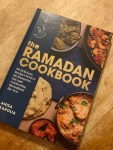



























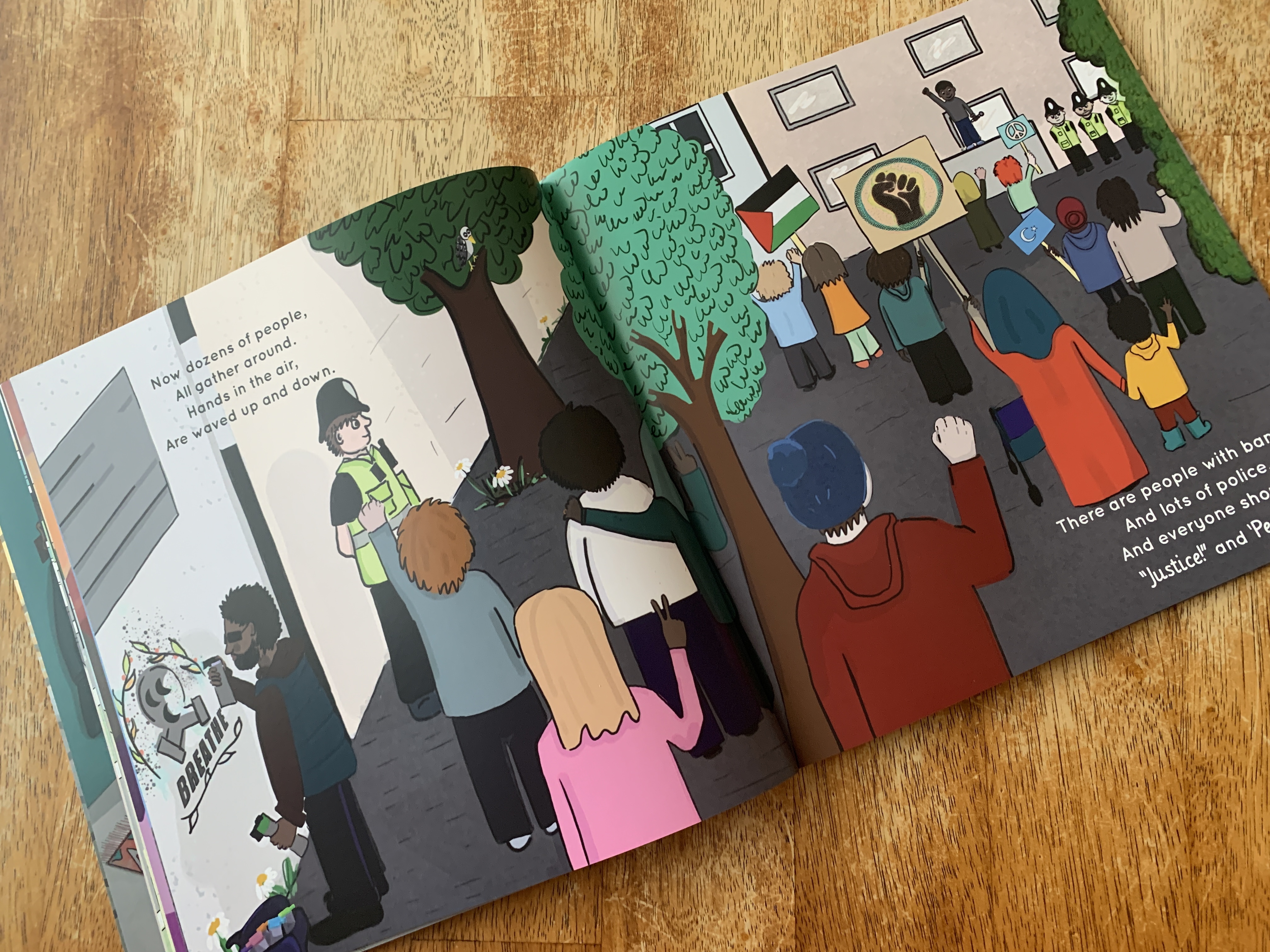
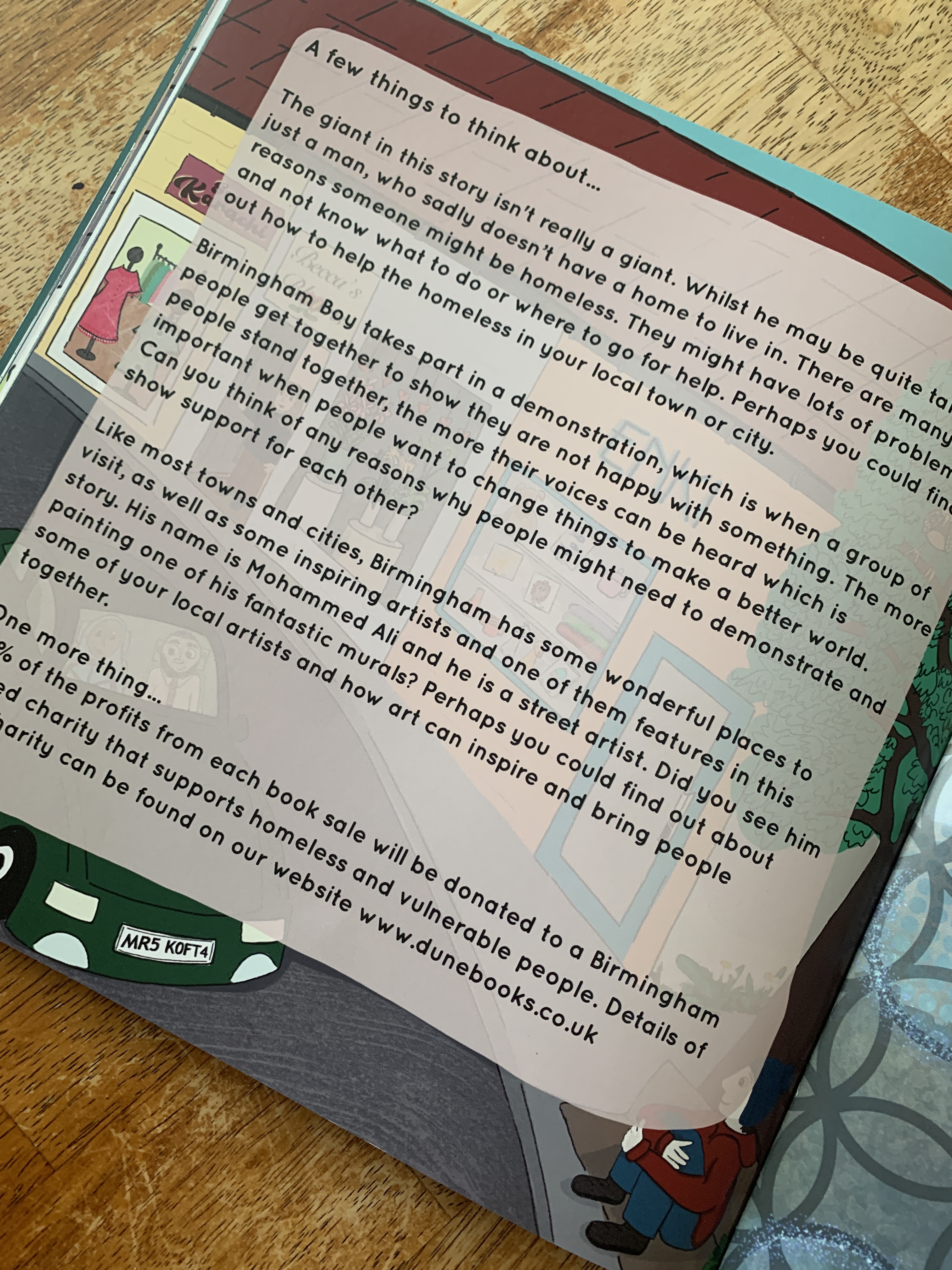
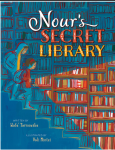



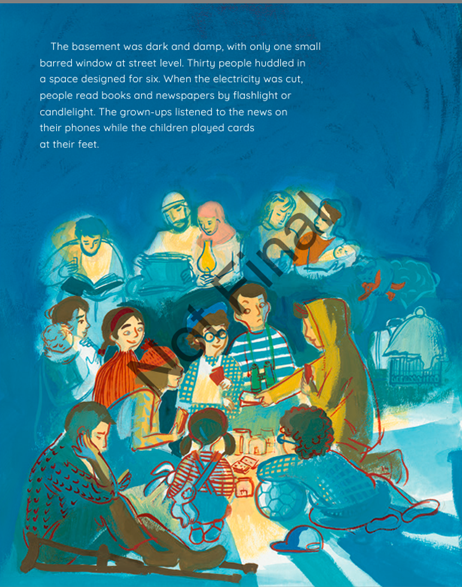

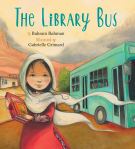

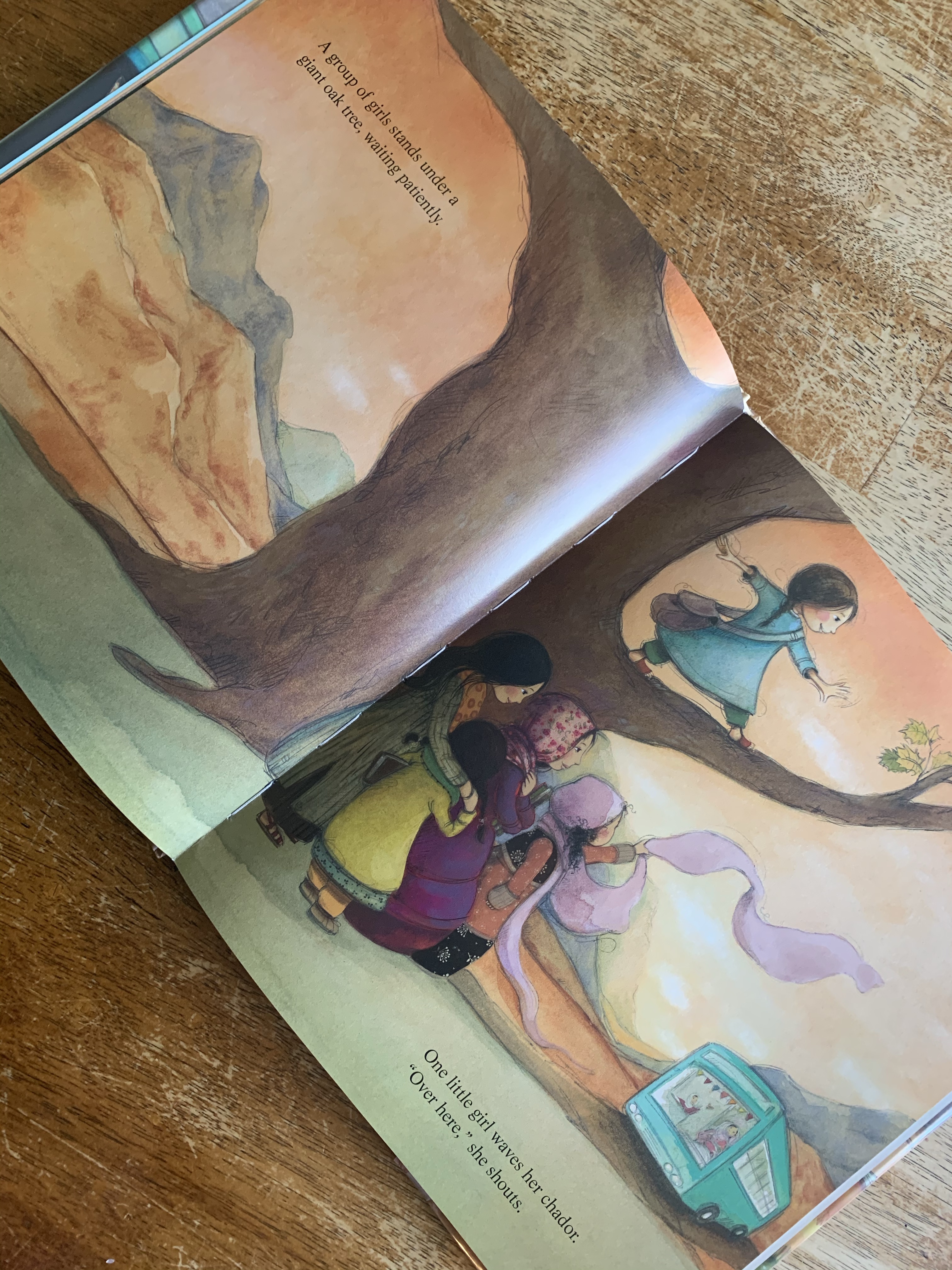



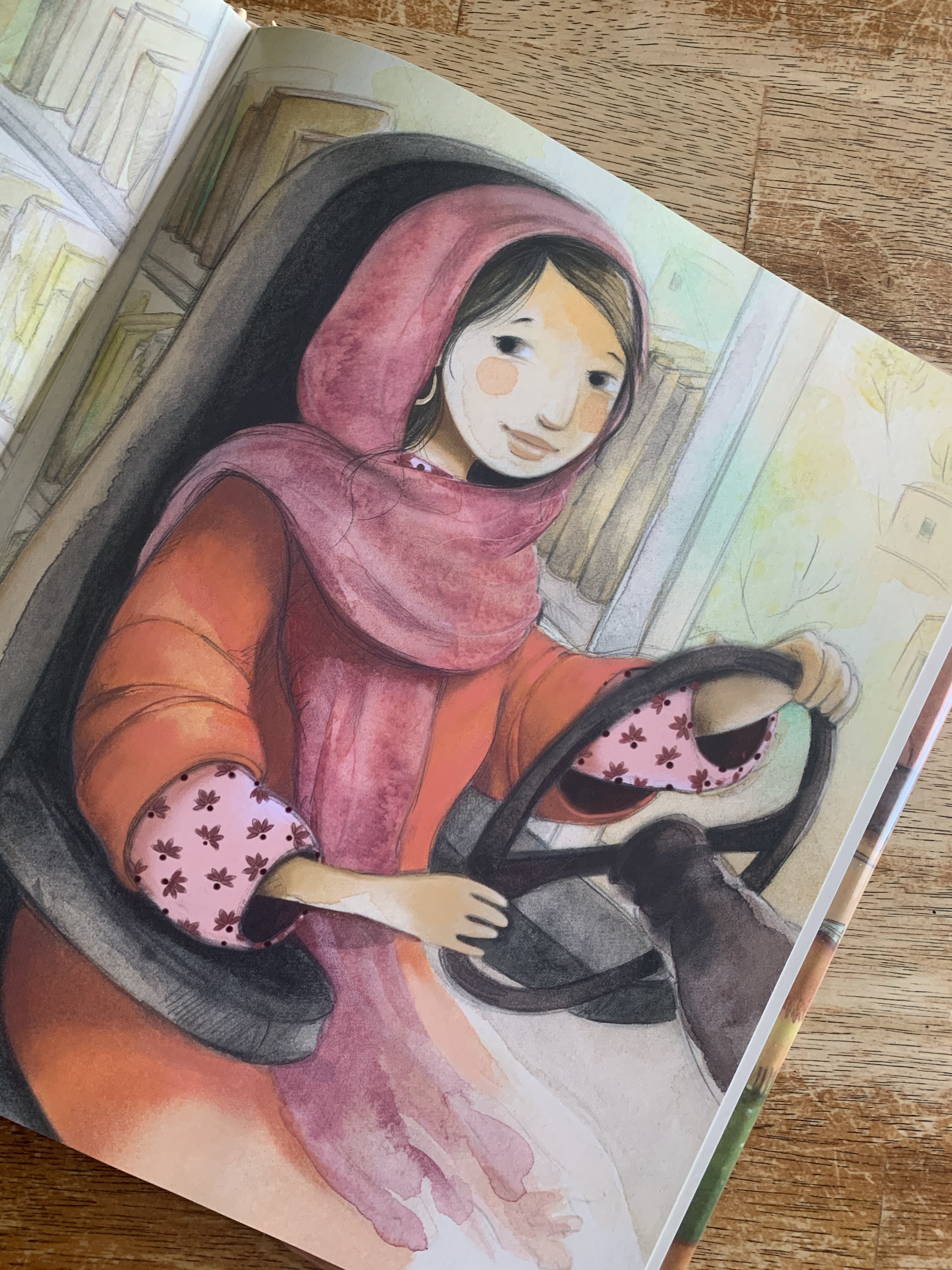
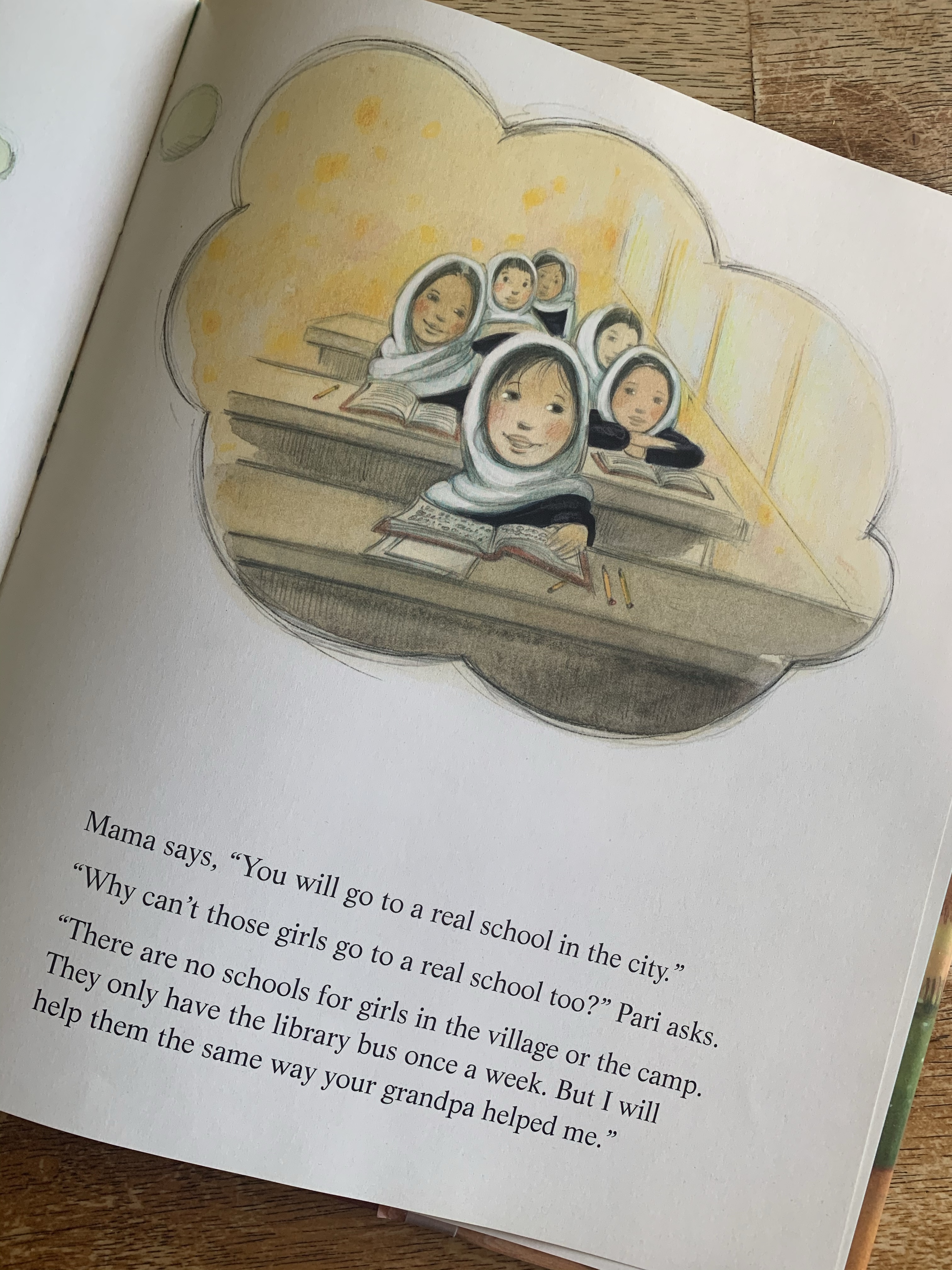





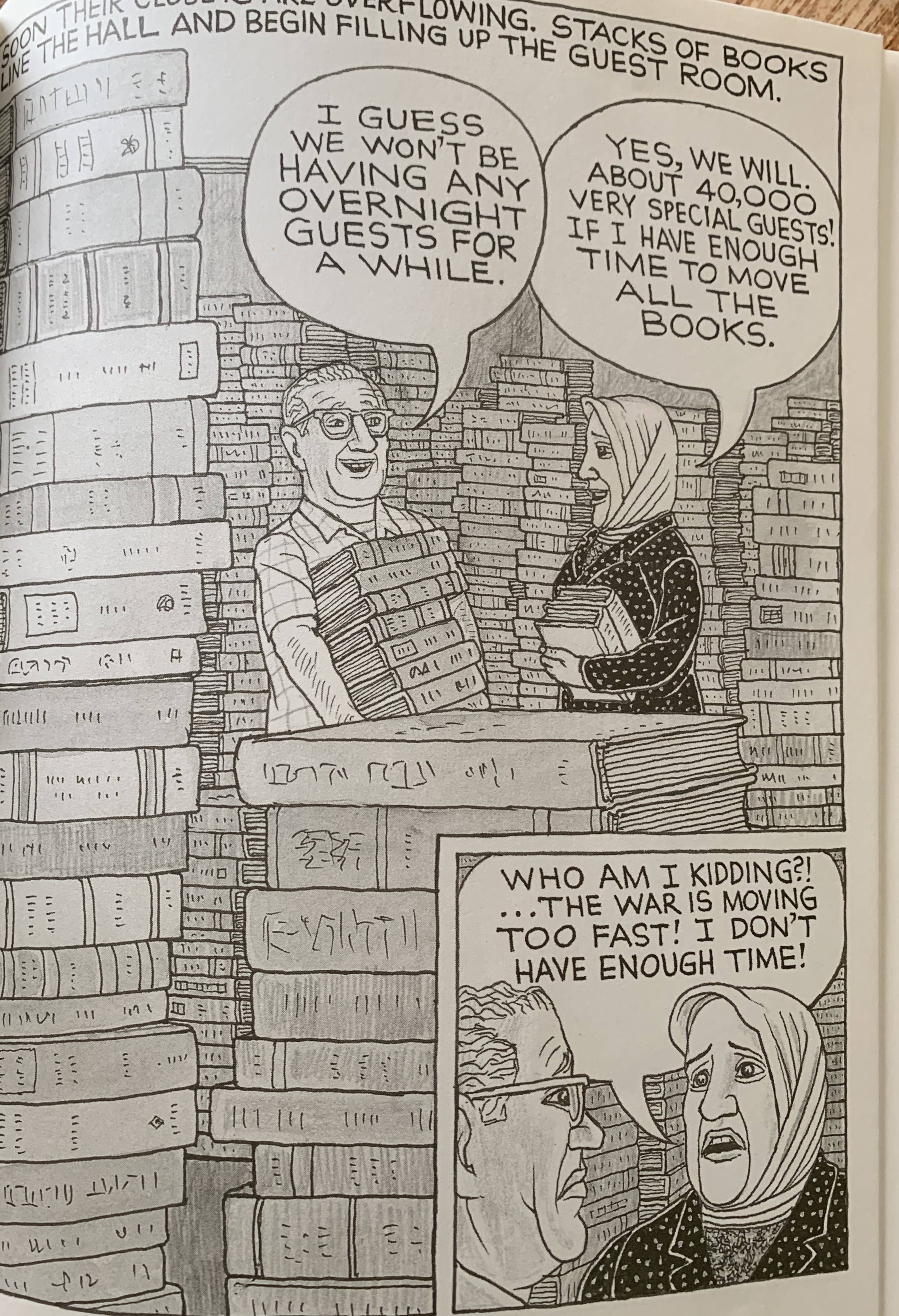
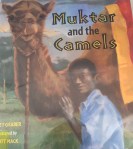

 The story definitely makes readers appreciate the life they have, and realize how simple and harsh others’ lives can be. I like the mention of the foods, giving insight into the culture, but I didn’t like the harshness of the adults. The calling the boys lazy, not taking Muktar food as he tends the camels, not being concerned about the injured camel until Muktar insists he notices, all made me a bit sad. Yes I was glad that Muktar was able to resume a nomadic life with camels, but he wasn’t given a say in it. And sure I’m glad that his friend Ismail will get books and be able to work toward being a teacher, but somehow it wasn’t a warm book, and I can’t quite identify why.
The story definitely makes readers appreciate the life they have, and realize how simple and harsh others’ lives can be. I like the mention of the foods, giving insight into the culture, but I didn’t like the harshness of the adults. The calling the boys lazy, not taking Muktar food as he tends the camels, not being concerned about the injured camel until Muktar insists he notices, all made me a bit sad. Yes I was glad that Muktar was able to resume a nomadic life with camels, but he wasn’t given a say in it. And sure I’m glad that his friend Ismail will get books and be able to work toward being a teacher, but somehow it wasn’t a warm book, and I can’t quite identify why.